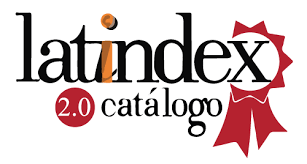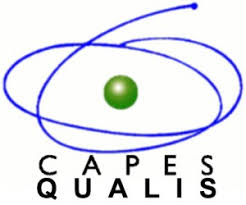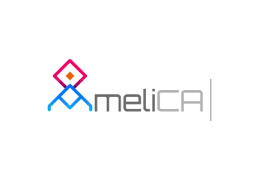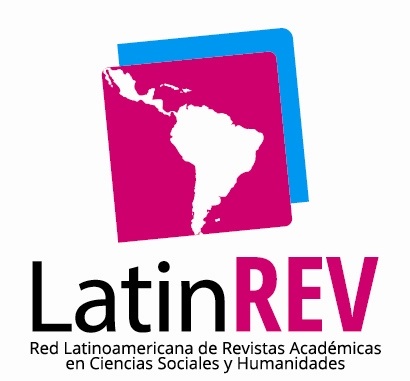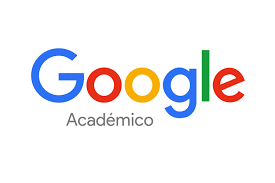The contribution of non-verbal graphic texts to children’s early literacy development
DOI:
https://doi.org/10.35305/revistairice.v21i21.505Resumen
This paper argues that non-verbal graphic texts constitute a bridge between spoken and written language at an age in which there is a gap in children’s ability to produce and understand spoken compared to written language. Non-verbal graphic texts are tools which may enable young children to build the concepts and skills relevant for early literacy development if, and only if (in my view), they are actively used by the children in relevant contexts. This claim is based on several studies carried out in the last decade by my colleagues and I on the use of nonverbal graphic texts by kindergarten and preschool children in Israel and England; calendars, icons, mathematical notation and scientific illustrations. Several studies support the claim that young children: 1) have considerable ability to "follow the rules" involved in using a weekly paper calendar; 2) are able to produce “scientific illustrations” suited for data recording in science problem solving and for communicating findings which they cannot readily express verbally; 3) are able to discriminate between the use of numerical and "writing" notation and their relations with functional contexts; 4) produce more extended and coherent spatial descriptions when these descriptions are supported by simple maps produced by them.
Descargas
Descargas
Publicado
Cómo citar
Número
Sección
Licencia
Aquellos autores/as que tengan publicaciones con esta revista, aceptan los términos siguientes:
- Los autores/as conservarán sus derechos de autor y garantizarán a la revista el derecho de primera publicación de su obra, el cuál estará simultáneamente sujeto a la Licencia Creative Commons Reconocimiento-NoComercial-CompartirIgual 4.0.
- Los autores/as podrán adoptar otros acuerdos de licencia no exclusiva de distribución de la versión de la obra publicada (p. ej.: depositarla en un archivo telemático institucional o publicarla en un volumen monográfico) siempre que se indique la publicación inicial en esta revista.
- Se permite y recomienda a los autores/as difundir su obra a través de Internet (p. ej.: en archivos telemáticos institucionales o en su página web) antes y durante el proceso de envío, lo cual puede producir intercambios interesantes y aumentar las citas de la obra publicada. (Véase El efecto del acceso abierto).





